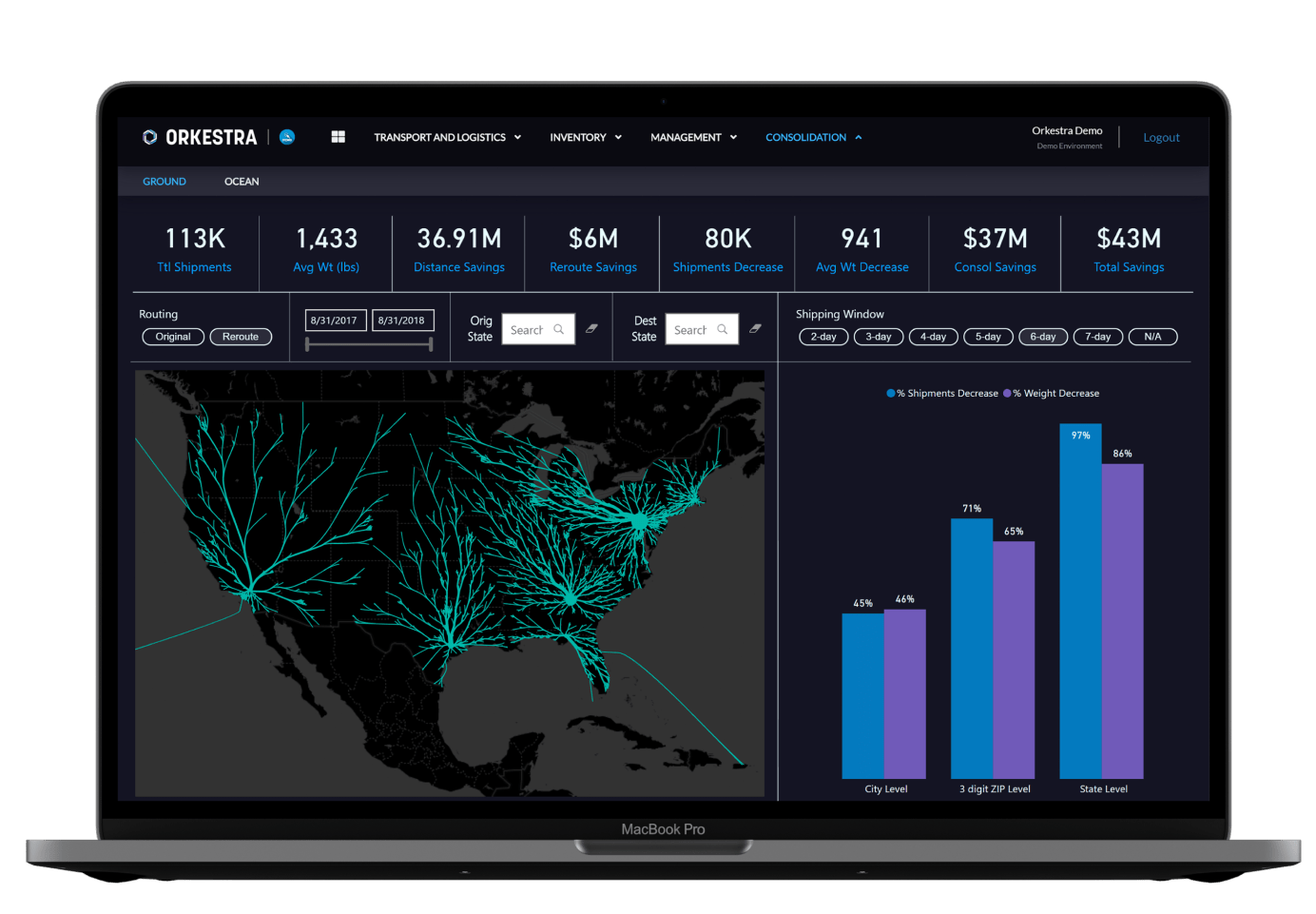


Whether your products rely on ground, rail or sea to reach end-customers, today’s levels of disruption are unprecedented. Industry providers and those managing their own transport needs now must rethink everything from warehouse locations to logistics technologies to fleet and carrier strategies.
Forbes
Carriers are critical to the global supply chain, whether transporting goods via land, water or air. The changing landscape has seen an evolution in customer behaviour with demand escalating for faster deliveries, while new start-ups are creating more competition in an already tough market.
Carrier performance management has never been so important. By monitoring this area, companies can improve logistics efficiency and elevate customer relations.
Carrier management allows companies to monitor the performance of their carriers, allowing for proactive engagement and minimising disruptions to better achieve business objectives. Through effective carrier performance management, enterprises can create a more agile, resilient and future proofed supply chain.
Technological advancements must be considered when looking at carrier performance. There are many technologies available that will drastically improve performance while keeping freight costs to a minimum. Some of the technology options include:
Real-time transportation visibility platforms (RTTVPs) were on the rise prior to the pandemic. Today, major changes and disruptions in the global supply chain have placed these platforms in the spotlight of investment and implementation as a means to cope with and react to the chaos.
Gartner

The implementation of performance management strategies is a necessary step to ensure carriers are performing optimally while keeping transport costs down. There are several key performance indicators (KPI) that need to be considered in this area. If executed effectively, these will have a long-term impact on the organisation’s operational stability. Below metrics will help in tracking carrier performance goals.
Customers want what they ordered to be delivered on time. It’s simple. Which is why, on-time monitoring is the first step in carrier performance management. The most common way to check this KPI is to compare the scheduled pickup to the actual pickup date, and by tracking this metric monthly to identify trends in poor or above-average performance.
Fortunately, there are technological solutions to drive on-time carrier performance. Transportation management systems (TMS) are logistics platforms that rely on technology to help carriers optimise the movement of goods. This software ensures carriers have visibility across operations, are compliant in terms of trade, and deliver goods on time.
With expectations of higher on-shelf availability and lower inventory costs, the pressure on delivery performance has intensified—as has the need for manufacturers, retailers, and carriers to work together to create efficient, reliable, and responsive supply chains.
McKinsey
A collaborative effort is needed in the supply chain which is why effective communication between all stakeholders should be monitored. Where there is a breakdown in communication, issues will not be addressed timeously, and the supply chain will be impacted. Some of the questions to ask include:
One of the simplest solutions is to implement a mobile communications’ system. This allows teams to automate the critical business processes and communications. Communication technologies should also be integrated into backend systems used by different departments so that information flows seamlessly and without manual intervention. Data security is another big consideration in terms of communication systems, which is why carriers must rely on secure communication technology services that perform regular security audits.
Every supply chain will invariably experience some challenge or mishap, but if there is a quick response time then the mishap doesn’t become a disaster. With a good shipper-carrier relationship, there is a speedy turnaround and issues are resolved without escalating.
The accuracy and efficiency of carrier invoicing is a vital part of performance management. The reasons for invoice auditing are:
High-volume, global carriers generate so much data it’s simply too much for manual processing. There are so many carrier invoices requiring a high level of detail, with differences in charges, rates and services creating even more challenges. The larger the volume, the higher the potential for errors. Carriers with automated invoicing will have fewer risks related to incorrect billing and will most likely be meeting the agreed-upon service standards.
The business case for automating freight audits and payments is a compelling one because, while not everyone has to get a great deal on everything they buy, no one likes to deliberately and repeatedly pay too much, or pay for services they don’t receive. This is the kind of excess spending a freight audit and payment module will eliminate.
IBM
One of the most unnecessary costs in logistics is damage to goods in transport. That’s why, checking the carriers’ performance in terms of damage-free deliveries is a necessary KPI. By working with a carrier that has performed well in this metric, businesses will not have to bear the cost of replacements and returns. Carriers that use real-time monitoring services provide business owners with supply chain visibility that allows them to protect their assets. This level of technology collects environmental data related to location, humidity, temperature and shock, sending real-time monitoring device alerts to business owners when harmful levels are detected.
Supplier scorecards or supplier business reviews are a great way to share the performance management results directly with the carrier. This can be done in person or online and keeps the lines of communication open while ensuring areas that need improvement are being dutifully attended to.
Carrier scorecards allow businesses to objectively analyse carriers – their qualities, strengths, and weaknesses – for enhanced visibility and expectation management. These rely on previous data, so businesses have a clearer overview of performance. Some of the KPIs included on the scorecard include:
The ever-evolving global supply chain landscape is putting more pressure on the transportation industry to deliver better and faster. With so much competition in logistics, companies need to improve carrier performance to meet agreed-upon goals, maintain customer satisfaction and keep costs down.
By implementing effective communications systems, ensuring on-time and damage-free deliveries, invoice auditing, and leveraging modern technologies, businesses can ensure they’re benefitting from the best carrier performance available.